Magnificent Solar Alignment Phenomenon In Abu Simbel – The Sun Illuminates The Face Of Pharaoh Ramses II
Ellen Lloyd - AncientPages.com - If Ramses the Great, the third pharaoh of the Nineteenth Dynasty of Egypt, was alive today, he would be proud to see how many people come to admire the magnificent solar alignment in Abu Simbel causing the Sun to illuminate the face of his giant statue.
This amazing solar alignment occurs twice yearly for 20-25 minutes at dawn on October 22 and February 22.
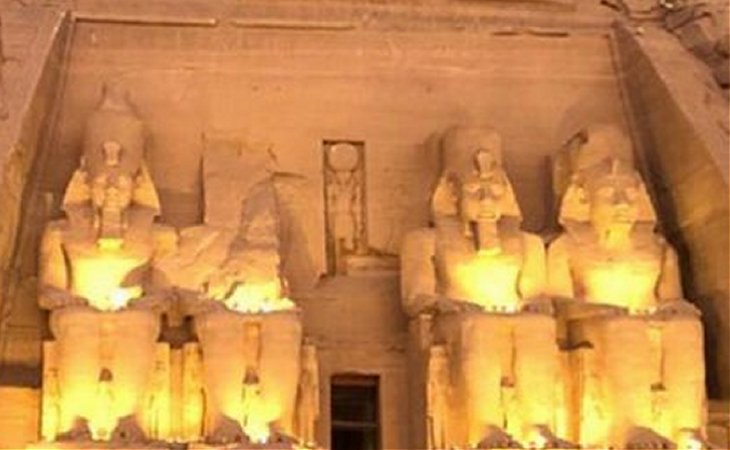
The solar alignment occurs twice a year in Abu Simbel. Credit: Egypt's Ministry of Tourism & Antiquities
It’s no coincidence the Sun shines on the face of the greatest king of ancient Egypt on these particular dates because they were of special importance to Pharaoh Ramesses II (1303 B.C. – 1213 B.C.).
Ancient Egyptians who were familiar with astronomy built many temples, pyramids, and other sacred monuments aligned with the direction of the rising or setting sun, moon, star, or planet marking an important day of the year.
This ancient Egyptian tradition started a very long time ago, perhaps even earlier than we previously thought. Egyptian myths tell Lady of the Stars, goddess Seshat played a very important role in constructing sacred Egyptian buildings. She assisted the pharaoh in the Stretching of the Cord ritual in order to align the sacred monuments to the stars.
Pharaoh Ramses II Wanted To Be Remembered
Pharaoh Ramesses II, who was responsible for numerous military campaigns that expanded the empire, was also one of Egypt's biggest builders. The important ancient Egyptian city Pi-Ramesse was founded by Ramesses II’s father, Seti I, however, it was Ramesses (reigned 1279–1213 BC) who made it into the powerful metropolis of the Ramesside kings of the 13th and 12th centuries BC.
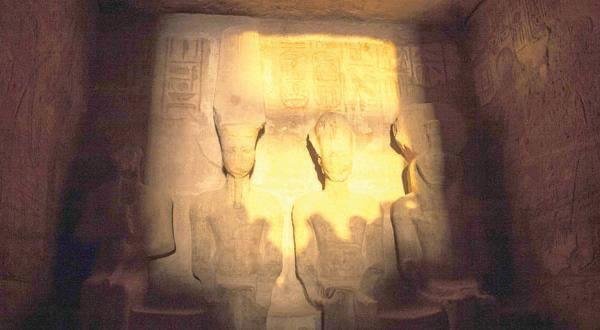
Many people come to see and admire this rare event. Credit: Egypt Independent
Having a high opinion of himself, like most pharaohs, his cartouches are prominently displayed even in buildings that he did not construct.
Nevertheless, despite this historical confusion, scientists do know Pharaoh Ramses II built extensively throughout Egypt and Nubia and his architecture legacy is well-remembered.
His great twin temples at Abu Simbel, in Aswan near the border with Sudan, serve as a lasting monument to the king and his queen Nefertari.
Solar alignment at Abu Simbel, Egypt. Image source
Ramesses II who reigned sixty-seven years had over 150 children with his great wives, lesser wives, and concubines, but Queen Nefertari always held a special place in his heart. In The Valley of the Queens there is a very large and spectacular ancient tomb that belongs to Queen Nefertari (1290–1224 BC) who was the pharaoh’s favorite wife.
At Abu Simbel, the pharaoh Ramesses II ordered the construction of four 60-foot-tall statues of himself. It was his way to announce his own magnificence and making certain history never forgot him. The temple was dedicated to the gods Ra-Herakhte, Ptah, and Amun-Ra, but that fact can be easily forgotten once you stand in front of the temple looking at the colossal statues of the great pharaoh.
Nearby, in Abu Simbel, he built a smaller temple to honor his favorite wife, Nefertari, and the goddess Hathor.
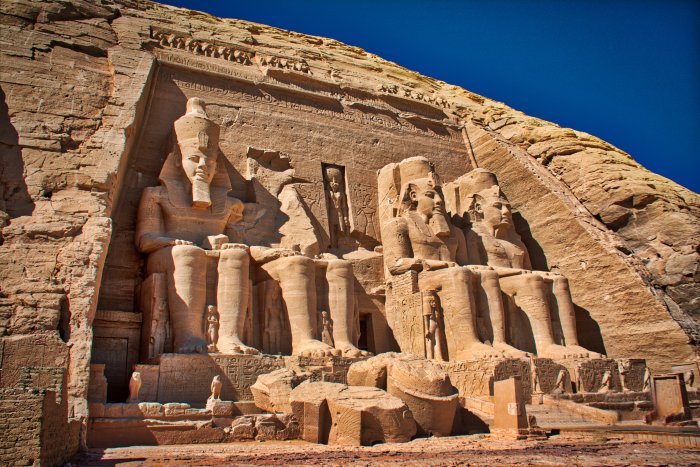
Statues of Ramses II in Abu Simbel. Credit: Andy - Adobe Stock
During the solar alignment, the sun illuminates the face of the statue Ramesses II and half of the face of the god Ptah who symbolizes the night and the day, or the light and the darkness.
It’s impressive that ancient Egyptians possessed such advanced knowledge of astronomy more than 3,000 years ago when most civilizations were still struggling to produce a proper calendar. Ancient Egyptians also knew about Demon Star Algol’s variability 3,000 years before Western astronomers.
According to Egyptologist Wassim al-Sisi, this solar phenomenon proves that Egypt under the Pharaohs revealed back in 4242 B.C. that the Earth was part of the solar and not the lunar system.
Written by Ellen Lloyd – AncientPages.com
Copyright © AncientPages.com All rights reserved. This material may not be published, broadcast, rewritten or redistributed in whole or part without the express written permission of AncientPages.com
More From Ancient Pages
-
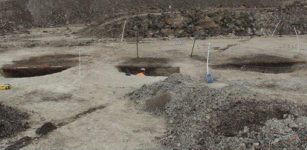 Significant Mesolithic Site With Unusual Pits Discovered In Bedfordshire
Archaeology | Jul 3, 2023
Significant Mesolithic Site With Unusual Pits Discovered In Bedfordshire
Archaeology | Jul 3, 2023 -
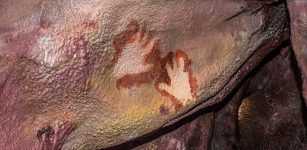 Neanderthals: The Oldest Art In The World Wasn’t Made By Humans
Featured Stories | Jan 17, 2023
Neanderthals: The Oldest Art In The World Wasn’t Made By Humans
Featured Stories | Jan 17, 2023 -
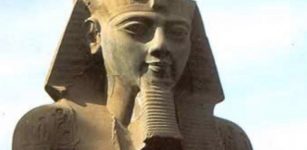 Colossus of Ramesess II At Karnak Temples Is Undergoing Restoration
Archaeology | Feb 24, 2017
Colossus of Ramesess II At Karnak Temples Is Undergoing Restoration
Archaeology | Feb 24, 2017 -
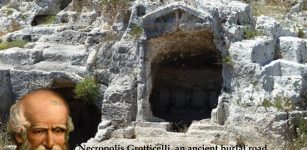 Archimedes From Syracuse – Master Of Science Whose Legacy Still Remains Powerful
Featured Stories | Sep 20, 2017
Archimedes From Syracuse – Master Of Science Whose Legacy Still Remains Powerful
Featured Stories | Sep 20, 2017 -
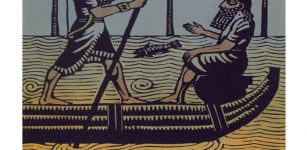 Missing Lines From Epic Of Gilgamesh Shed New Light On Humbaba
Artifacts | Oct 9, 2015
Missing Lines From Epic Of Gilgamesh Shed New Light On Humbaba
Artifacts | Oct 9, 2015 -
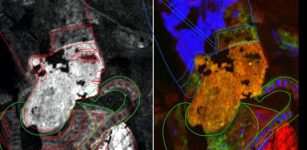 Hidden Details In Ancient Egyptian Tomb Paintings Revealed By Chemical Imaging
Featured Stories | Jul 28, 2023
Hidden Details In Ancient Egyptian Tomb Paintings Revealed By Chemical Imaging
Featured Stories | Jul 28, 2023 -
 Citrus Was An Ancient Roman Symbol Of Status And Luxury
Ancient Symbols | Aug 23, 2017
Citrus Was An Ancient Roman Symbol Of Status And Luxury
Ancient Symbols | Aug 23, 2017 -
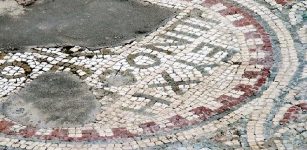 Mosaics With Oceanus And Medusa In Tomb Of Ancient City Of Perge, Turkey
Archaeology | May 16, 2017
Mosaics With Oceanus And Medusa In Tomb Of Ancient City Of Perge, Turkey
Archaeology | May 16, 2017 -
 Why Is The History Of Striped Clothing Dark And Sinister?
Ancient History Facts | Jan 30, 2023
Why Is The History Of Striped Clothing Dark And Sinister?
Ancient History Facts | Jan 30, 2023 -
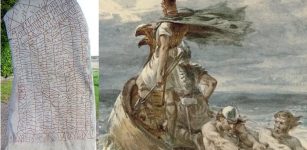 Vikings Feared Climate Change 1,200 Years Ago – Famous Rök Stone Reveals
Archaeology | Jan 10, 2020
Vikings Feared Climate Change 1,200 Years Ago – Famous Rök Stone Reveals
Archaeology | Jan 10, 2020 -
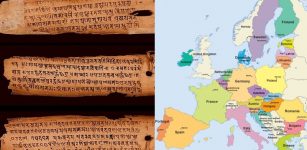 How Strong Is The Link Between Sanskrit And European Languages?
Linguistic Discoveries | Aug 5, 2020
How Strong Is The Link Between Sanskrit And European Languages?
Linguistic Discoveries | Aug 5, 2020 -
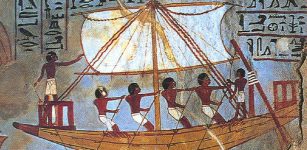 Mysterious Sherbrooke Stones – Did Africans Visit North America 2,500 Years Ago?
Artifacts | Nov 23, 2017
Mysterious Sherbrooke Stones – Did Africans Visit North America 2,500 Years Ago?
Artifacts | Nov 23, 2017 -
 Yam: Tyrannical Hydra-Like Sea Monster God Cast Out Of Heaven
Featured Stories | Aug 3, 2016
Yam: Tyrannical Hydra-Like Sea Monster God Cast Out Of Heaven
Featured Stories | Aug 3, 2016 -
 Legend Of Evil Spearfinger And The Cherokee Who Were Guided By Celestial Beings
Featured Stories | Feb 17, 2020
Legend Of Evil Spearfinger And The Cherokee Who Were Guided By Celestial Beings
Featured Stories | Feb 17, 2020 -
 Last Of The Giant Camels And Archaic Humans Lived Together In Mongolia Until 27,000 Years Ago
Fossils | Mar 24, 2022
Last Of The Giant Camels And Archaic Humans Lived Together In Mongolia Until 27,000 Years Ago
Fossils | Mar 24, 2022 -
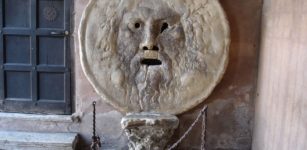 Bizarre Ancient Lie Detector – The Mouth Of Truth – Bocca della Verità
Artifacts | Dec 12, 2015
Bizarre Ancient Lie Detector – The Mouth Of Truth – Bocca della Verità
Artifacts | Dec 12, 2015 -
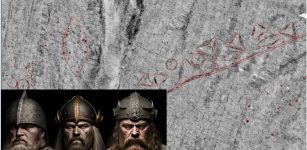 Radar Discovery Of Unknown Viking Age Stone Ship, Burial Mounds And Houses In The Trondheim Fjord
Archaeology | Mar 28, 2023
Radar Discovery Of Unknown Viking Age Stone Ship, Burial Mounds And Houses In The Trondheim Fjord
Archaeology | Mar 28, 2023 -
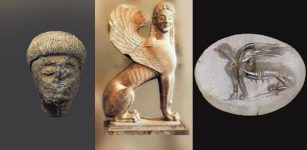 Rare Sphinx Seal Belonging To Roman Emperor Discovered In India Confirms Existence Of Legendary Muziris
Archaeology | Oct 1, 2020
Rare Sphinx Seal Belonging To Roman Emperor Discovered In India Confirms Existence Of Legendary Muziris
Archaeology | Oct 1, 2020 -
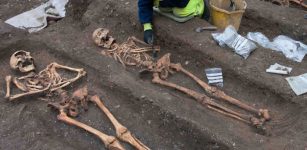 Medieval Friars Were ‘Riddled With Parasites,’ Study Finds
Archaeology | Aug 19, 2022
Medieval Friars Were ‘Riddled With Parasites,’ Study Finds
Archaeology | Aug 19, 2022 -
 Ephemeral Evidence Of Mediterranean Mobility – Boats, Migration, And The Central Mediterranean Passage In Focus
Archaeology | Dec 23, 2021
Ephemeral Evidence Of Mediterranean Mobility – Boats, Migration, And The Central Mediterranean Passage In Focus
Archaeology | Dec 23, 2021

